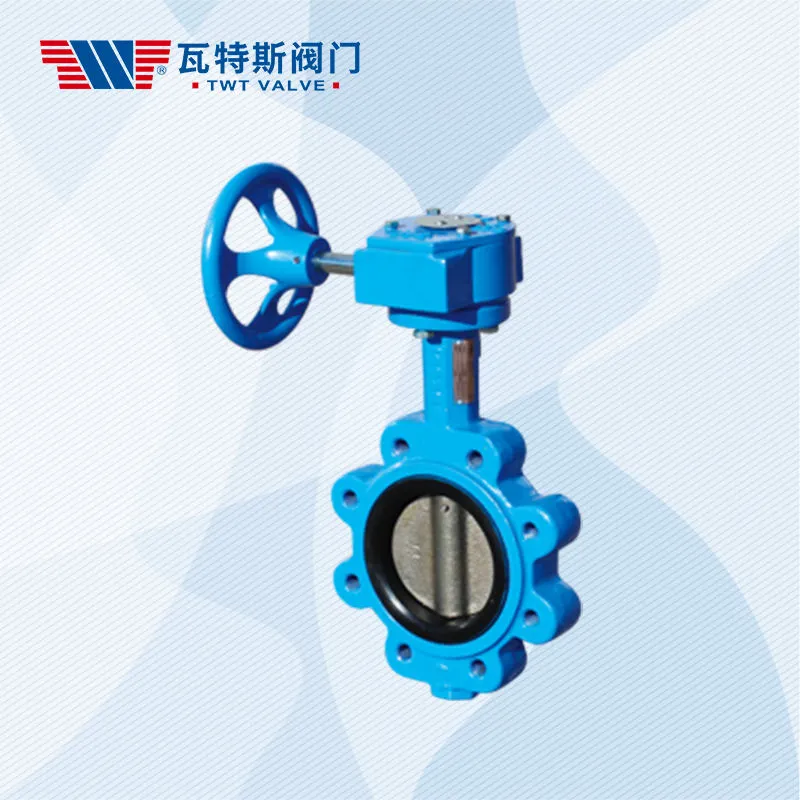The butterfly valve was first invented in the late 19th century by a man named John Henry Holmes. Holmes was an engineer who worked for the Keystone Manufacturing Company in Pennsylvania, USA. He designed the butterfly valve as a more cost-effective and efficient alternative to the gate valve, which was commonly used at the time.
The original butterfly valve was made of cast iron and featured a disc-shaped valve body with a metal stem that was connected to a control lever or actuator. When the control lever was turned, the disc rotated within the valve body to regulate the flow of fluid through the valve.
Over time, the design of the butterfly valve evolved to include new materials and features that improved its performance and versatility. For example, newer butterfly valves were made of lightweight materials such as PVC or aluminum, which made them easier to handle and install. They also included new features such as metal seats, double-offset discs, and higher pressure ratings, which made them suitable for a wider range of applications.
Today, butterfly valves are widely used in a variety of industries, including water treatment, HVAC, chemical processing, and food and beverage.China hp butterfly valve They are known for their cost-effectiveness, ease of operation, and low pressure drop, and continue to be a popular choice for many piping applications.
Are there any disadvantages to using butterfly valves that I should be aware of?
While butterfly valves offer several advantages over other types of valves, there are also some disadvantages to be aware of. These include:
Limited temperature range: Butterfly valves are typically designed to handle temperatures between -29°C to 232°C (-20°F to 450°F), which means they may not be suitable for high-temperature applications.
Limited pressure range: Butterfly valves are generally not recommended for high-pressure applications, as they may not be able to withstand the high forces exerted by high-pressure fluids.
Restricted flow control: Butterfly valves are not as effective as other types of valves, such as globe valves or ball valves, for precise flow control. They may not be suitable for applications where precise flow control is required.
Limited sealing options: Butterfly valves typically use soft elastomeric seals, which may not be suitable for applications where chemical resistance or high-temperature resistance is required.
Maintenance requirements: Butterfly valves can require more frequent maintenance than other types of valves, as the valve disc and seal may need to be inspected and replaced periodically to ensure proper operation.
Noise: Butterfly valves can produce a high-pitched noise when the fluid flow rate is high, which can be a concern in some applications.
It’s important to consider the specific requirements of your application when selecting a valve type, and consult with a qualified engineer or valve specialist to determine the best type of valve for your needs. While butterfly valves offer several advantages, they may not be suitable for all applications and it’s important to weigh the pros and cons before making a decision.
